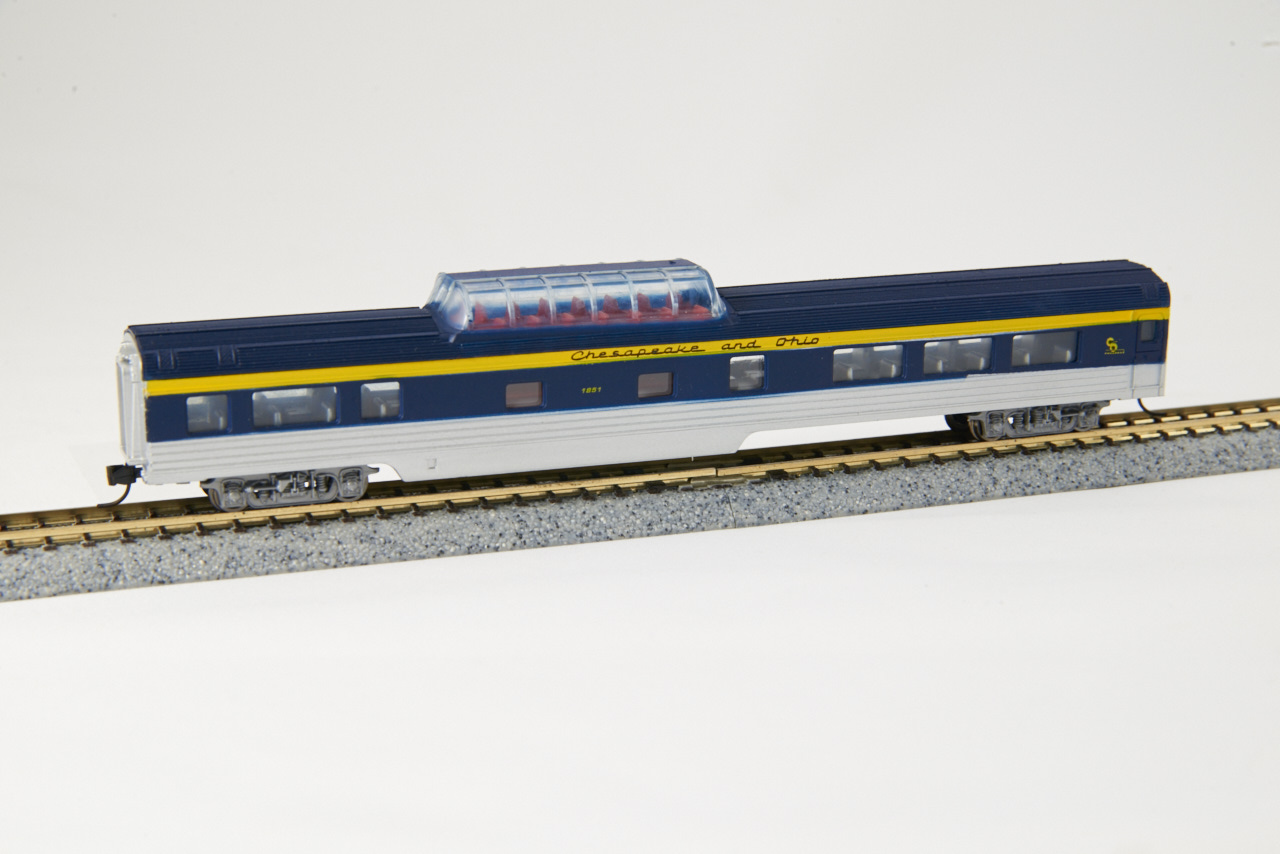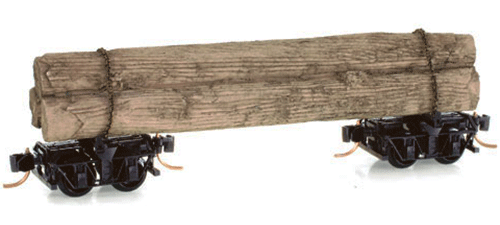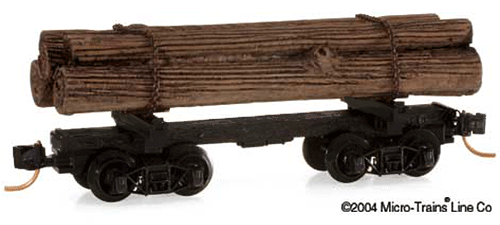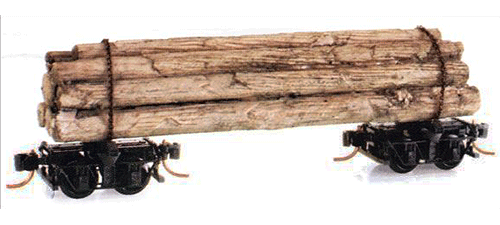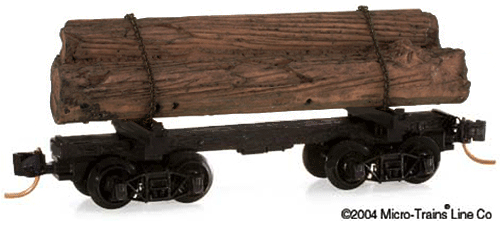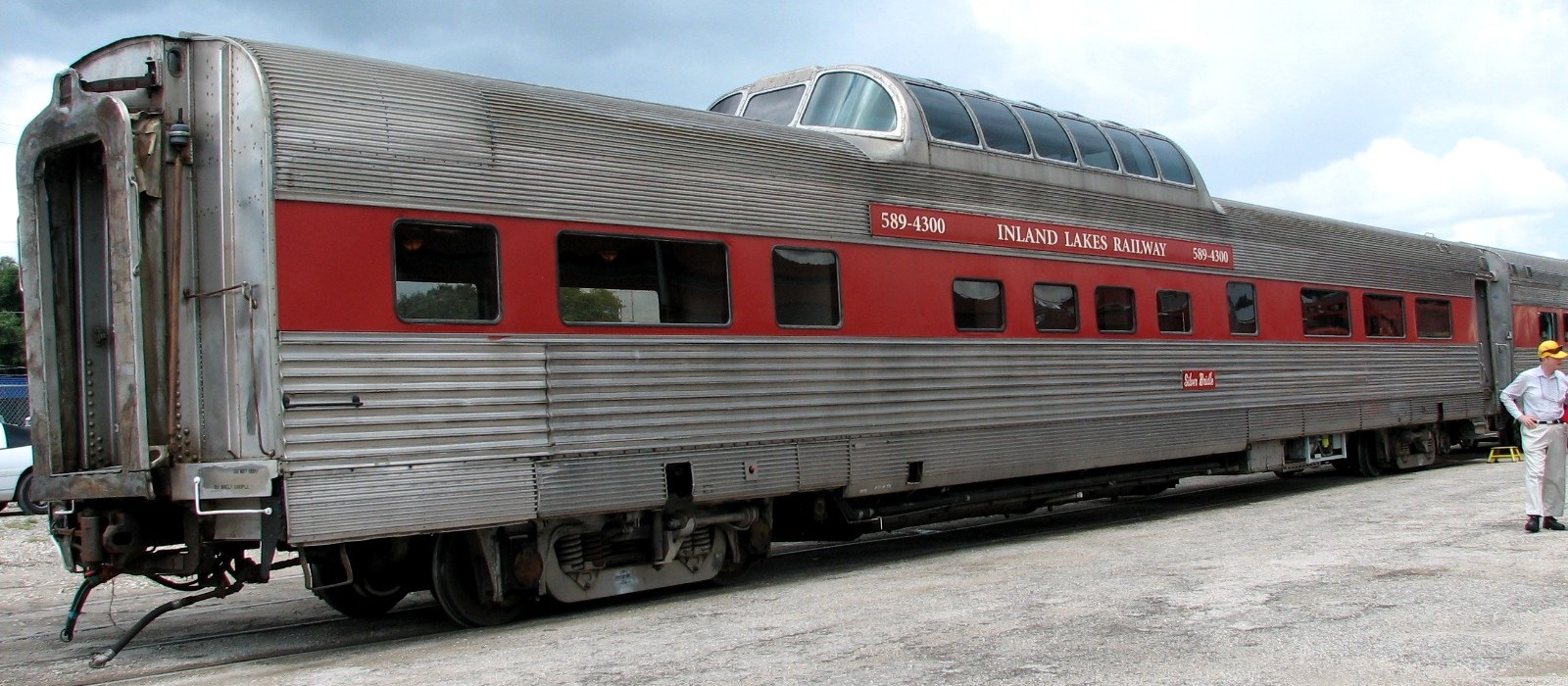Model Information: This car is a bit of an odd-ball. It was apparently originally made in the 1970s by Kato for Con-Cor. Early examples are labeled Sekisui/Con-Cor Japan. Later examples have the label milled out and replaced with 'Con-Cor'. This would presume that the tooling was moved from Japan to the United states at some point.
Early versions came in kit form with Rapido couplers. Later versions are Ready-to-Run (RTR) and come with either dummy knuckle "Rigid Face" couplers or Micro-Trains couplers.
It is modeled after the 46-seat dome-coach built by Budd for the CB&Q (Burlington Route) in 1956 to run on the Denver Zephyr (DZ). It is very similar to the 46-seat dome-coach built by Budd for Great Northern’s 1955 Empire Builder, the latter having “slab panel” sides instead of corrugated sides.
Despite the model having corrugated sides, Con-Cor marketed and packaged it either as a 'Corrugated Dome' (stainless steel finish) or a 'Smoothside Dome' (painted finish). The Con-Cor literature refers to it as a 'mid-train dome', which means it is not a dedicated tail car and can be used between other passenger cars.
Yet, in spite of the Con-Cor labeling and manufacturing , the Con-Cor website sometimes refers to this model as a 'Rivarossi Corrugated Dome', with a stock number starting with 0003- or 003- that is the company prefix used by Con-Cor for Rivarossi products. This is actually to complement the Rivarossi lightweight corrugated range that is missing a dome car, in particular in the Con-Cor/Rivarossi 5-car corrugated passenger sets.
So, though the 'corrugated' and 'smoothside' versions are marketed with different denominations by Con-Cor, they are technically of the same model type, hence are all regrouped in this single body style.
Warning: Con-cor designed subsequently another mid-train corrugated dome, inspired by another Budd dome built for the California Zephyr, that is not to be confused with this one.
Early versions came in kit form with Rapido couplers. Later versions are Ready-to-Run (RTR) and come with either dummy knuckle "Rigid Face" couplers or Micro-Trains couplers.
It is modeled after the 46-seat dome-coach built by Budd for the CB&Q (Burlington Route) in 1956 to run on the Denver Zephyr (DZ). It is very similar to the 46-seat dome-coach built by Budd for Great Northern’s 1955 Empire Builder, the latter having “slab panel” sides instead of corrugated sides.
Despite the model having corrugated sides, Con-Cor marketed and packaged it either as a 'Corrugated Dome' (stainless steel finish) or a 'Smoothside Dome' (painted finish). The Con-Cor literature refers to it as a 'mid-train dome', which means it is not a dedicated tail car and can be used between other passenger cars.
Yet, in spite of the Con-Cor labeling and manufacturing , the Con-Cor website sometimes refers to this model as a 'Rivarossi Corrugated Dome', with a stock number starting with 0003- or 003- that is the company prefix used by Con-Cor for Rivarossi products. This is actually to complement the Rivarossi lightweight corrugated range that is missing a dome car, in particular in the Con-Cor/Rivarossi 5-car corrugated passenger sets.
So, though the 'corrugated' and 'smoothside' versions are marketed with different denominations by Con-Cor, they are technically of the same model type, hence are all regrouped in this single body style.
Warning: Con-cor designed subsequently another mid-train corrugated dome, inspired by another Budd dome built for the California Zephyr, that is not to be confused with this one.
Prototype History: A dome car is a type of railway passenger car that has a glass dome on the top of the car where passengers can ride and see in all directions around the train. It also can include features of a coach, lounge car, dining car, sleeping car or observation. Beginning in 1945, dome cars were primarily used in the United States and Canada, though a small number were constructed in Europe for Trans Europ Express service, and similar panorama cars are in service on Alpine tourist railways like the Bernina Express.
In North America, dome cars were manufactured by the Budd Company, Pullman Standard and American Car & Foundry. Southern Pacific Railroad built its own dome cars in its Sacramento, California, shops. In the 1990s Colorado Railcar began producing dome cars. Generally, seats in the dome were considered "non-revenue" like lounge car seats. When dome cars operate today in excursion trains, the dome seats often command a premium fare.
In North America, dome cars were manufactured by the Budd Company, Pullman Standard and American Car & Foundry. Southern Pacific Railroad built its own dome cars in its Sacramento, California, shops. In the 1990s Colorado Railcar began producing dome cars. Generally, seats in the dome were considered "non-revenue" like lounge car seats. When dome cars operate today in excursion trains, the dome seats often command a premium fare.
Road Name History: 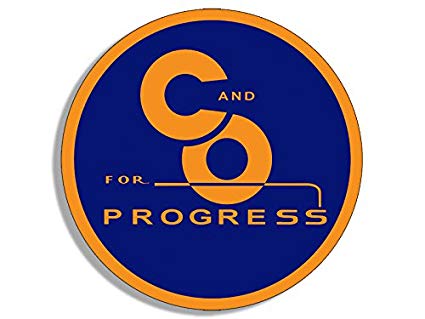 The Chesapeake and Ohio Railway (reporting marks C&O, CO) was a Class I railroad formed in 1869 in Virginia from several smaller Virginia railroads begun in the 19th century. Led by industrialist Collis P. Huntington, it reached from Virginia's capital city of Richmond to the Ohio River by 1873, where the railroad town (and later city) of Huntington, West Virginia was named for him.
The Chesapeake and Ohio Railway (reporting marks C&O, CO) was a Class I railroad formed in 1869 in Virginia from several smaller Virginia railroads begun in the 19th century. Led by industrialist Collis P. Huntington, it reached from Virginia's capital city of Richmond to the Ohio River by 1873, where the railroad town (and later city) of Huntington, West Virginia was named for him.
Tapping the coal reserves of West Virginia, the C&O's Peninsula Extension to new coal piers on the harbor of Hampton Roads resulted in the creation of the new City of Newport News. Coal revenues also led the forging of a rail link to the Midwest, eventually reaching Columbus, Cincinnati and Toledo in Ohio and Chicago, Illinois.
By the early 1960s the C&O was headquartered in Cleveland, Ohio, USA. In 1972, under the leadership of Cyrus Eaton, it became part of the Chessie System, along with the Baltimore and Ohio and Western Maryland Railway. The Chessie System was later combined with the Seaboard Coast Line and Louisville and Nashville, both the primary components of the Family Lines System, to become a key portion of CSX Transportation (CSXT) in the 1980s. A substantial portion of Conrail was added in 1999.
C&O's passenger services ended in 1971 with the formation of Amtrak. Today Amtrak's tri-weekly Cardinal passenger train follows the historic and scenic route of the C&O through the New River Gorge in one of the more rugged sections of the Mountain State. The rails of the former C&O also continue to transport intermodal and freight traffic, as well as West Virginia bituminous coal east to Hampton Roads and west to the Great Lakes as part of CSXT, a Fortune 500 company which was one of seven Class I railroads operating in North America at the beginning of the 21st century.
At the end of 1970 C&O operated 5067 miles of road on 10219 miles of track, not including WM or B&O and its subsidiaries.
Read more on Wikipedia.

Tapping the coal reserves of West Virginia, the C&O's Peninsula Extension to new coal piers on the harbor of Hampton Roads resulted in the creation of the new City of Newport News. Coal revenues also led the forging of a rail link to the Midwest, eventually reaching Columbus, Cincinnati and Toledo in Ohio and Chicago, Illinois.
By the early 1960s the C&O was headquartered in Cleveland, Ohio, USA. In 1972, under the leadership of Cyrus Eaton, it became part of the Chessie System, along with the Baltimore and Ohio and Western Maryland Railway. The Chessie System was later combined with the Seaboard Coast Line and Louisville and Nashville, both the primary components of the Family Lines System, to become a key portion of CSX Transportation (CSXT) in the 1980s. A substantial portion of Conrail was added in 1999.
C&O's passenger services ended in 1971 with the formation of Amtrak. Today Amtrak's tri-weekly Cardinal passenger train follows the historic and scenic route of the C&O through the New River Gorge in one of the more rugged sections of the Mountain State. The rails of the former C&O also continue to transport intermodal and freight traffic, as well as West Virginia bituminous coal east to Hampton Roads and west to the Great Lakes as part of CSXT, a Fortune 500 company which was one of seven Class I railroads operating in North America at the beginning of the 21st century.
At the end of 1970 C&O operated 5067 miles of road on 10219 miles of track, not including WM or B&O and its subsidiaries.
Read more on Wikipedia.
Brand/Importer Information: Con-Cor has been in business since 1962. Many things have changed over time as originally they were a complete manufacturing operation in the USA and at one time had upwards of 45 employees. They not only designed the models,but they also built their own molds, did injection molding, painting, printing and packaging on their models.
Currently, most of their manufacturing has been moved overseas and now they import 90% of their products as totally finished goods, or in finished components. They only do some incidental manufacturing today within the USA.
Important Note: The Con-Cor product numbering can be very confusing. Please see here in the article how to properly enter Con-Cor stock numbers in the TroveStar database.
Currently, most of their manufacturing has been moved overseas and now they import 90% of their products as totally finished goods, or in finished components. They only do some incidental manufacturing today within the USA.
Important Note: The Con-Cor product numbering can be very confusing. Please see here in the article how to properly enter Con-Cor stock numbers in the TroveStar database.
Item created by: CNW400 on 2020-06-15 12:04:10
Last edited by: Alain LM on 2020-11-24 15:11:01
If you see errors or missing data in this entry, please feel free to log in and edit it. Anyone with a Gmail account can log in instantly.
Last edited by: Alain LM on 2020-11-24 15:11:01
If you see errors or missing data in this entry, please feel free to log in and edit it. Anyone with a Gmail account can log in instantly.


